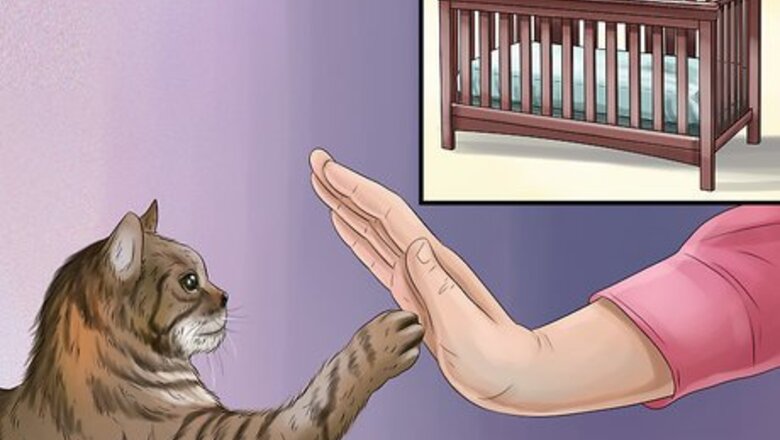
views
Training Your Cat to Stay Out of the Crib
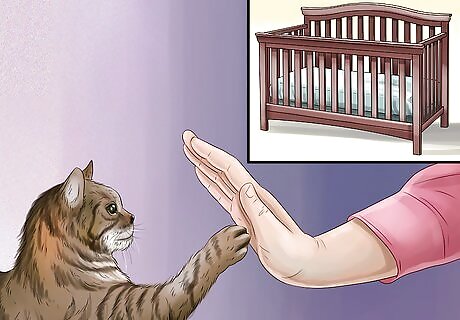
Train your cat right away. It's best if your cat gets used to the crib before your baby is born. Try to set up the crib about a month before the birth and begin training your cat immediately. This way your cat will already be trained not to jump in the crib when your baby is ready to use it. Avoid making the crib really comfortable or your cat may want to nap in it.
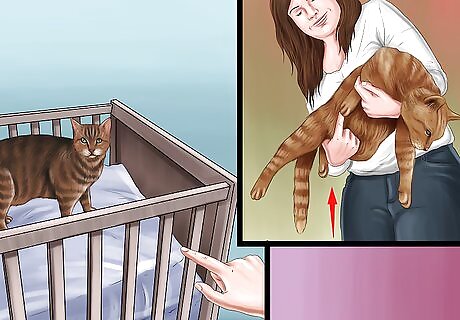
Say "no" and remove your cat from the crib. If you see your cat jump into the crib, firmly say "no" and take it out of the crib right away. Put the cat down in a place where it's allowed to be. Avoid yelling at the cat. Don't punish your cat once you've removed it from the crib. It should go off to a place where it's allowed to be.

Be consistent with your response. If your cat returns to jump in the crib or you find it in there later, say "no" and remove it from the crib. You'll need to remove your cat every time you find it in the crib so it associates jumping in the crib with being removed from the crib. Avoid letting the cat nap in the crib or it will become confused about when the crib is off-limits.
Reward your cat for resting in appropriate areas. In addition to discouraging your cat from sleeping in the crib, you should reward them for resting in proper places. When you see your cat sleeping somewhere you approve of, set out a treat near them or give them a scratch. This will help them associate proper sleeping areas with good things.
Creating a Non-Cat Friendly Environment
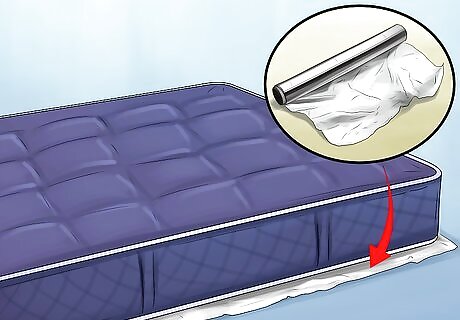
Create a noise trap in the crib. Place something noisy in the bottom of the crib. This will startle your cat when it jumps in and the noise will usually scare the cat right out. Noise traps are great for when you won't be home to monitor or train your cat. Remember that you should never place a noise trap in the crib when your baby is in it. Aluminum foil makes a great noise trap. Tear off a long sheet that covers most of the crib and lay it across the mattress.
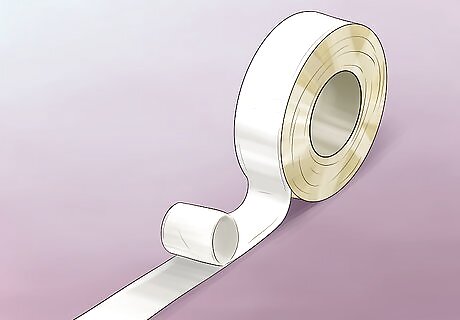
Lay double-sided tape in the crib. If you don't want to hear the sound of a noise trap, you could lay down something sticky in the crib instead. Before your baby is born, lay strips of double-sided tape along the crib mattress where your cat usually lands. Most cats dislike the feeling of something sticky on their paws, so your cat will learn to avoid the space. You may need to lay the tape on the top of the crib rails if you find your cat jumping and perching on them.

Keep furniture away from the crib. Cats may use bookshelves, chairs and the changing table as launching pads to help them catapult into the crib. Move these pieces of furniture away from the crib to minimize the risk, especially if your baby's crib has side rails that are tall. This is also good baby proofing that will eventually prevent your toddler from easily climbing out of the crib.
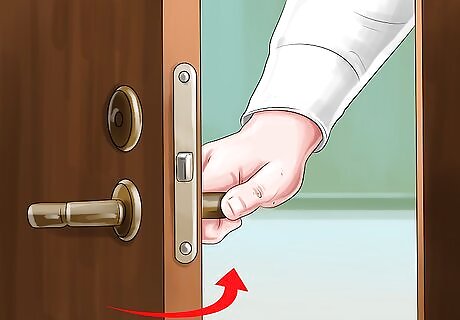
Close the door to your baby's room. Perhaps the simplest way of keeping a cat out of a crib is to prevent your cat from entering the room in the first place. Keep the door to the nursery closed at all times so your cat learns that it (and the crib) are off limits. If you're concerned that you won't hear your baby, set up baby monitors or install a screen door to your baby's room. The screen door will keep the cat out while you can still see and hear the baby.
Redirecting Your Cat
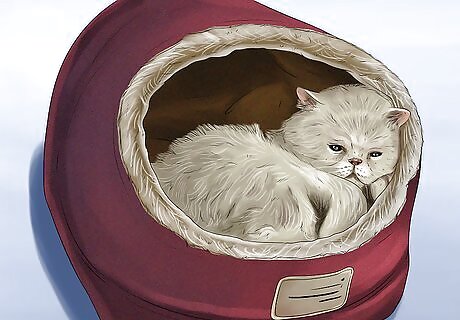
Create a comfortable space for your cat. Try to understand why your cat keeps jumping in the crib. If the crib seems like a cozy spot, try to make a more comfortable area for your cat. For example, you could set up a small cat bed in an area of your home that's out of the way. This will be a quiet, comfortable spot that your cat might begin to prefer. Avoid putting blankets, pillows, and stuffed animals in the crib if your baby is under one year old. These are choking hazards and they might seem like comfortable things for your cat to curl up with.
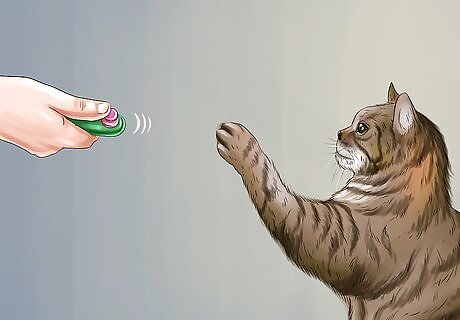
Clicker train your cat. Train your cat to listen to your commands with a clicker device. When you click the device, give your cat a reward so it associates the clicking sound with the reward. The reward could be a cuddle or food treat. Do this several times or until your cat associates the click with the reward. Once your cat is clicker trained, you can encourage positive behaviors. For example, reward her when she jumps onto areas where she is allowed, instead of in the crib.
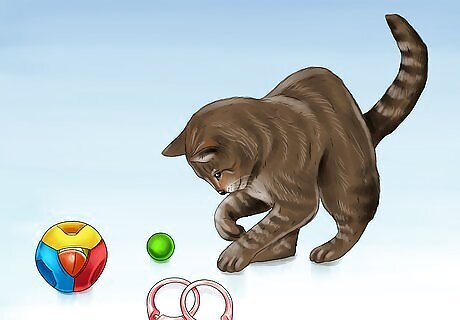
Distract your cat with new toys. Your cat may be jumping in the crib if its bored with its surroundings. Offer new toys to distract and entertain your cat. Scatter a variety of toys along the floor. This might also redirect her interest back to the floor and away from the crib. Try offering your cat: Round plastic shower curtain rings Ping-pong balls Empty paper bags with the handles removed Plastic balls with bells inside Sisal-wrapped tubes
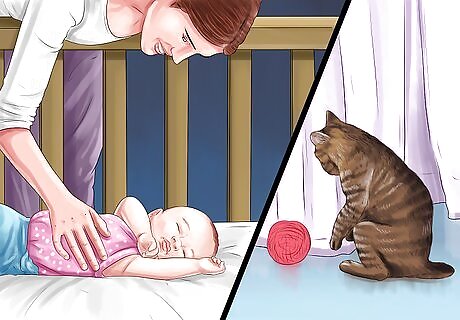
Keep your cat in another room. If you don't want to leave your baby's door closed, consider putting the cat in another room while your baby sleeps. You could keep the cat in an unused room of the house during nap times and bedtimes so it doesn't have access to the crib while your baby is in it. If your cat is an indoor and outdoor cat, you could give it a chance to play outside while your baby sleeps.















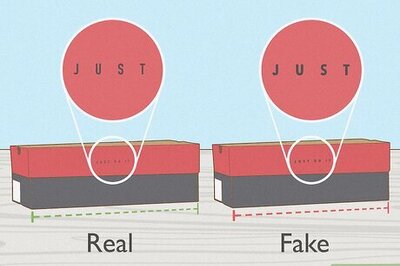


Comments
0 comment